So you’re going on a big backpacking trip across South America and you need to pack for several months on the road. Not only that, but you also need to pack for different geographies and climates which will range from bone-chilling mountains ranges to sweat-inducing beaches. Where do you even begin?
Fret not! I recently spent 5 months in South America and I only brought along my Osprey Sojourn 80L wheeled backpack and a carry on backpack. Those two pieces of luggage fit all of my clothes, all of my electronics, and I can’t say I ever lacked anything.
Today I thought I would share my packing list for South America, so let’s have a look at everything I brought along, shall we?
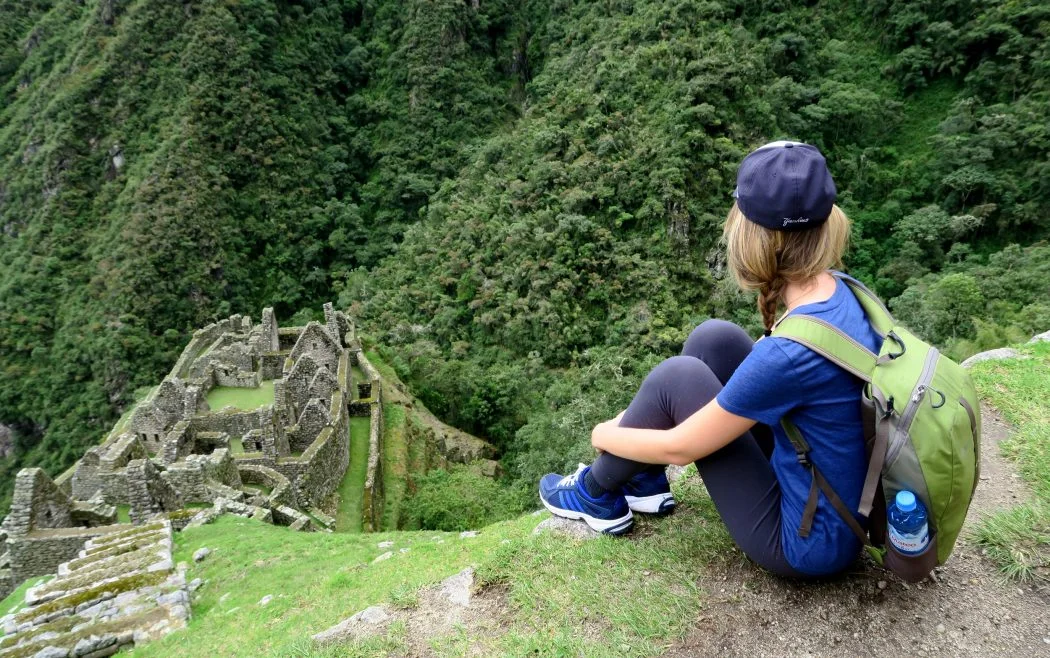
What To Pack For South America: Essentials & Otherwise
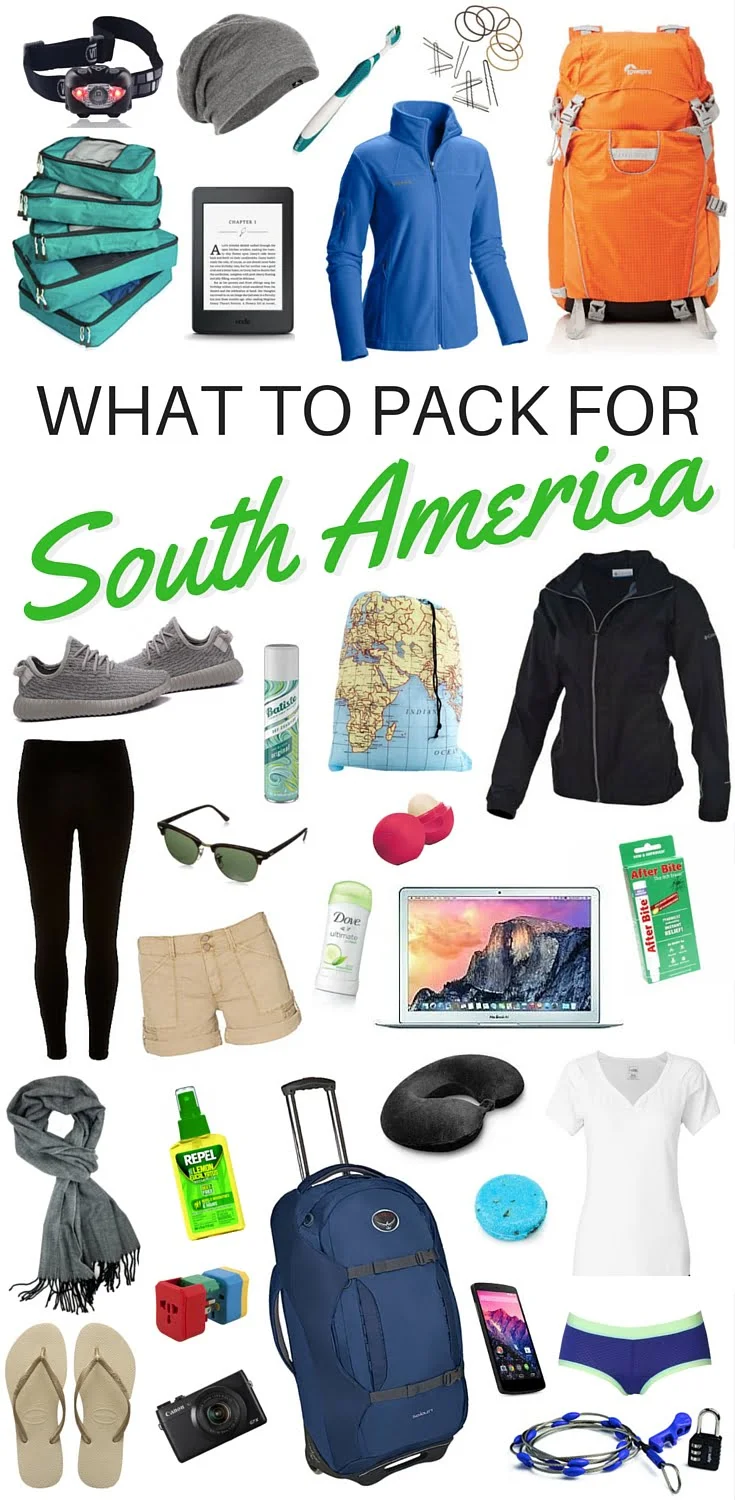
Luggage
Backpack – I brought my Osprey Sojourn 80L backpack on this trip. I love that it is a wheeled luggage / backpack cross over that you can roll around or strap on to your back depending on the terrain. You can read a full review of the Osprey Sojourn here.
Carry on pack – I have a backpack that carries my computer, camera, and the rest of my electronics. I always bring this on the plane with me.
Cable lock – To secure your valuables on buses or in hostels. For peace of mind, a cable lock is a must add item to your packing list for South America – especially if you’re going to be taking a lot of overnight trains and buses, or staying in dorms.
Purse or tote– I use this whenever I’m out sightseeing for the day. Just something where I can carry my camera, a map, and a bottle of water.
Packing cubes – The reason my suitcase is not a huge mess. If you’re going to be travelling for a few months, it’s worth investing in some packing cubes to keep your clothes organized.
Laundry bag – Hardly takes up any space and it keeps your dirties from mixing with clean clothes.
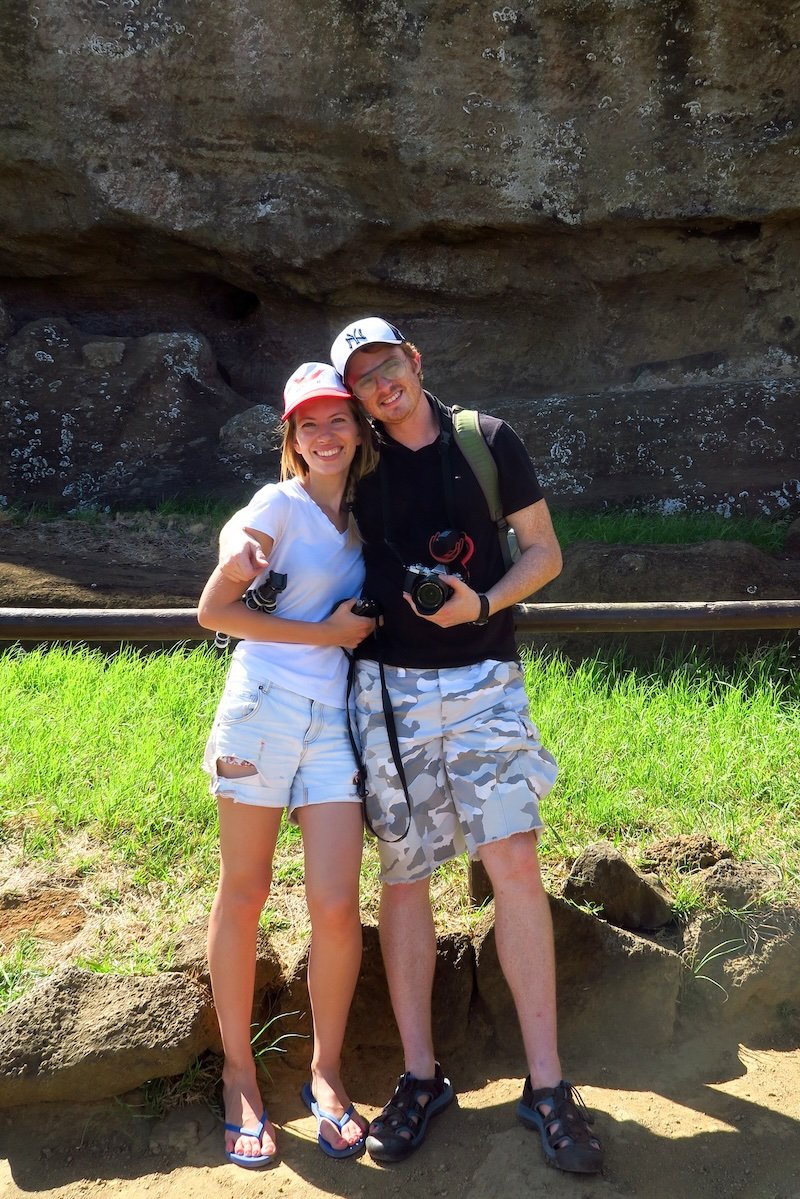
Clothes
Tops

Shirts (7) – I included a mix of tank tops, short sleeves, and long sleeves with the intention of layering some of these if it got cold. I mostly stuck to neutral colours that can be easily mixed and matched with different bottoms.
Fleece (1) – You’ll want to pack a fleece is you’re travelling to colder, high-altitude destinations where the temperature drops overnight. Alternatively, if you don’t want to bring a fleece from home, you can buy a warm alpaca sweater along your travels (I bought one at an artisanal market when I arrived in Cuzco). Also remember to keep your fleece or sweater handy for overnight bus travel as it can get quite cold when the AC is blasting.
Rain jacket (1) – I would recommend going for a rainproof windbreaker. You can wear this over your fleece, and it’ll come in handy if you’re planning on doing treks (like the Inca Trail) and outdoors adventure type activities.
Cardigan (1) – For days when you want something a little dressier to keep you warm. Again, I went with a neutral colour that worked with my tops or a dress.
Bottoms
Dress (1) – For a nice evening on the town, whether that be date night, catching a tango show, or going to a performance.
Shorts (2) – I packed one pair of ripped jean shorts for casual days, and another pair of high-waisted back shorts that I could dress up a bit more. I wore these 2 on rotation.
Skirts (1) – I brought along a neutral skirt that worked well with all of my shirts.
Pants (2) – I packed 1 pair of jeans for cooler destinations and another pair of breezy summer pants for warmer destinations.
Leggings (2) – I basically qualify these as pants. Since leggings are so comfortable, I often wore them on long travel days, for lounging around, and sometimes even as pyjama pants. If I was travelling somewhere particularly cold, I would also wear a pair underneath my jeans. I had one pair of cotton leggings and another pair of fleece-lined ones for colder climates.
Undergarments – Enough for a week is fine, and then you can always wash things in your hotel sink if you’re running low.
Bathing suit (1) – Especially important if you’re including some beach destination on your South America itinerary.
Socks (5 pairs) – A mix of ankle socks, crew socks, and fuzzy socks.
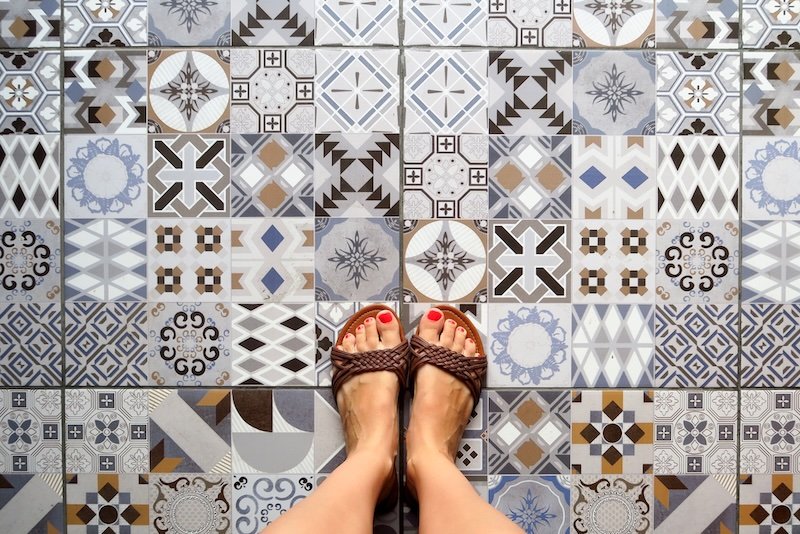
Shoes
Sneakers – For hiking and long days of walking around a new city. If you don’t like the look of sneakers, another idea is to get a pair of canvas shoes with memory foam. I usually wear my sneakers on travel days since they are my bulkiest and heaviest shoe. Depending on how much trekking you’re planning to do, you may want to consider adding a pair of hiking shoes to your packing list for South America.
Flip flops – For warm destinations, the beach, and showers.
Sandals – One strappy leather pair that can dress up an outfit.
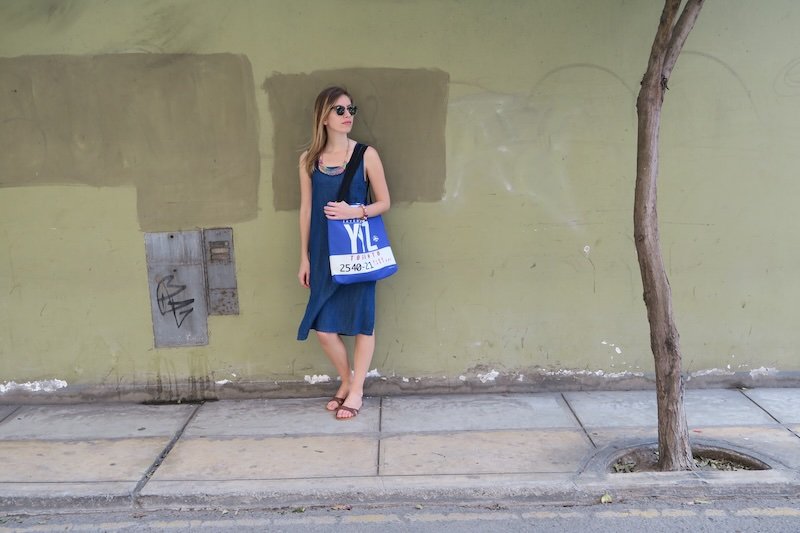
Accessories
Hat (1) – A straw hat or baseball cap for days of sightseeing in the heat.
Toque (1) – I ended up buying a chullo at an artisan’s market in Cuzco, which I wore in cold climates.
Scarf (1) – I brought one light scarf that could either be worn to protect my shoulders from the sun on a hot day, or to wrap around my neck when it’s cold.
Gloves (1) – Just a cheap pair for those days of hiking when the temperature barely hovers above zero. It may seem like a silly thing to add to your packing list for South America, but keeping warm can make the world of a difference in your mood.
Sunglasses (1) – I’m a fan of Ray Bans Classic Clubmaster.
Jewelry – I don’t carry much in terms of jewellery. Just 2 pairs of earrings, and a handful of rings and bracelets that I can mix and match if I want to dress up an outfit to go out.
Toiletries
Toothbrush + toothpaste + dental floss + mouthwash – Dental hygiene, people! You can get toothpaste and mouthwash in small travel sizes.
Deodorant – So ya don’t stink!
Hairbrush + hair ties + bobby pins – A must if you have long hair.
Shampoo + conditioner + body wash – You can get these in small travel sizes and keep them in a ziplock bag, or if you’re worried about spills and the extra weight, you can look at LUSH products including: solid shampoo and solid conditioner.
Dry shampoo + baby wipes – For days when it’s too cold to shower, there’s no hot water in the shower (happens more often than you’d think), or you’re running late, dry shampoo is a lifesaver.
Nail polish + nail polish remover pads + nail clippers – Nail polish is my one splurge that makes me feel like I’m not living out of a suitcase even though I am, and I like these nail polish remover pads because I don’t have to worry about a bottle leaking on my clothes.
Sunscreen + aloe vera – To prevent sunburns and because sunburns still happen.
Bugspray + After-Bite – Not as important in cities and cooler climates, but something to pack if you’re planning outdoor / adventure type activities and long hikes.
Razor – Self-explanatory.
Make-up – I keep things light. Just moisturizer, BB cream, eyeliner, mascara, chapstick, and a few fun lipstick shades.
Small health kit – I carry a very small one with the basics: adhesive bandages, antiseptic pads, blister pads, as well as over the counter medication to treat motion sickness and a loose stomach. They also have these tiny kits, if you don’t want to stock your own.
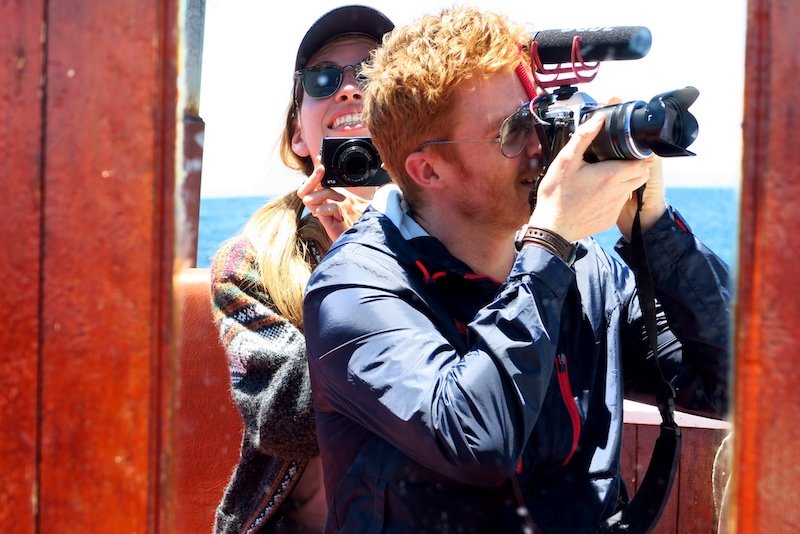
Electronics + Random Items
Laptop + charger – Not essential, but since I work from the road I need it. If you’re just travelling, a phone or an iPad might be enough to keep you connected with family and friends back home…unless you’re looking to disconnect!
Headphones – I brought small earbuds as opposed to large noise-cancelling ones; they take up less space.
Camera + camera charger – On this trip, I brought my Canon G7X, which I am absolutely loving! It’s so small, yet I am able to capture great pictures with it, plus it’s also a great vlogging camera if you’re into video.
Joby Gorillpod – Not an essential item unless you’re really into photography or video. I like that this is a small mouldable tripod that works in any kind of terrain.
Kindle + charger – A Kindle stocked with new books for those long bus rides you are bound to encounter.
Phone + charger – I mainly got a phone for Google Maps, ha!
4-in-1 adapter – You’re going to encounter different outlets depending on where you travel in South America. I like this 4-in-1 adapter because it has you covered wherever you go.
Powerstrip – Especially if you travel with a lot of electronics that you’ll need to charge overnight.
Headlamp – A flashlight or headlamp comes in handy not only if you’re doing some overnight hikes, but also if you experience power outages.
Neck pillow – For long bus rides or any kind of overnight travel.
Travel notebook and pen – To make quick notes, write down addresses, and fill out immigration forms.
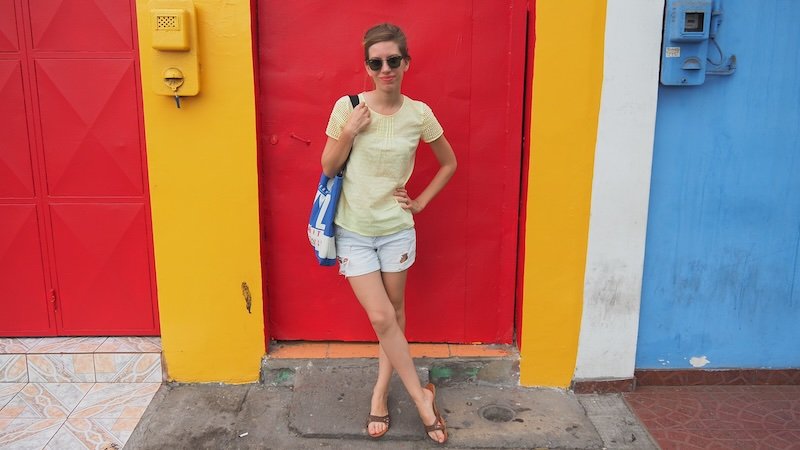
How to Tailor Your South America Pack (by Region, Season & Travel Style)
You’ve got the core packing list down. Now let’s level it up. So your bag works everywhere from Andean peaks to Amazon backwaters without bursting at the zippers. Below you’ll find a practical add-on that shows you how to customize, lighten, and smarten your kit for several months on the road.
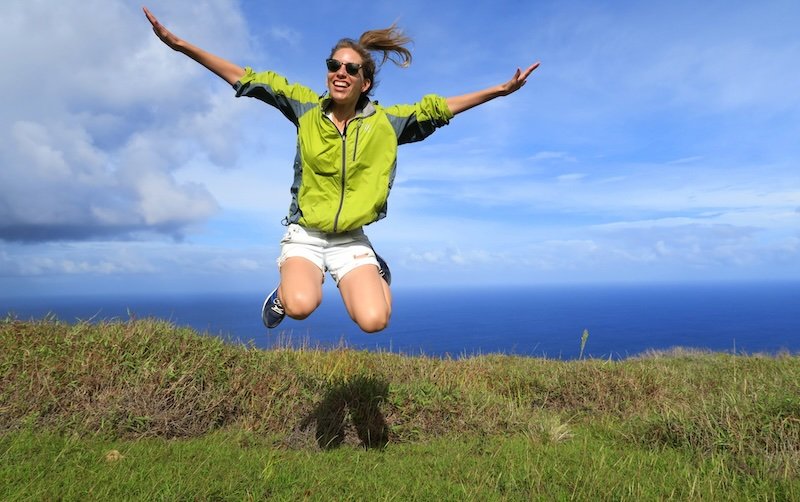
Know Your Climate Zones (and pack to the extremes)
South America is a continent of microclimates. If you pack for the coldest and the hottest you expect to hit, everything in between is easy.
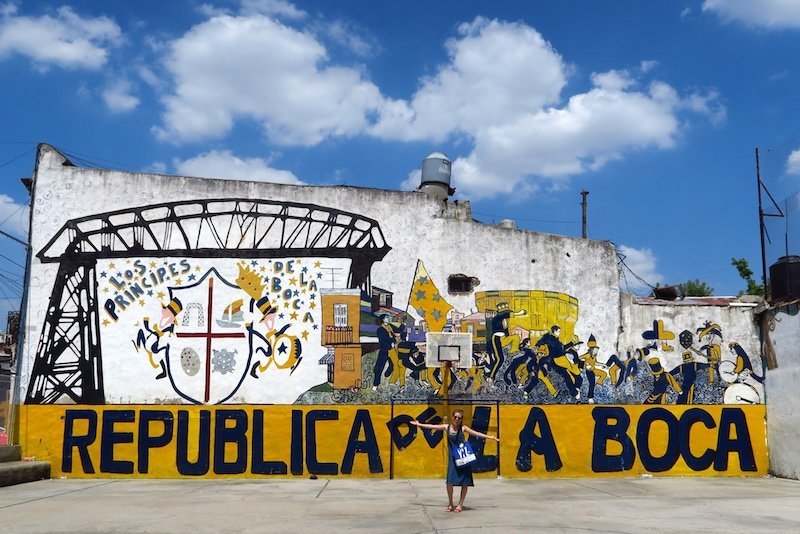
| Region / Route | What it feels like | Pack emphasis |
|---|---|---|
| Andes (Peru, Bolivia, Ecuador, N. Chile & N. Argentina) | Cold mornings/evenings, strong sun at altitude, dry | Fleece or alpaca layer, base layers/leggings, beanie/chullo, gloves, sunglasses (high UV), SPF 50 |
| Amazon Basin (Peru, Ecuador, Colombia, Brazil) | Hot, humid, sudden downpours, bugs | Light long sleeves/trousers, DEET/picaridin, rain jacket/poncho, quick-dry socks, closed-toe shoes |
| Patagonia (Chile/Argentina – Oct–Apr season) | Windy, cold snaps in any month, four seasons in a day | Windproof shell, midweight fleece, wool hat & buff, liner gloves, waterproof boots |
| Atacama & Northern Deserts (Chile/Peru) | Hot days, cold nights, bone-dry dust | Sun hat, lip balm, saline eye drops, light scarf, hydration bottle |
| Atlantic/Caribbean Coasts (Brazil, Colombia) | Tropical heat, beach humidity | Swimsuit, sandals/flip-flops, light dresses/shorts, sarong, after-sun |
| Southern Cone Cities (BA, Montevideo, Santiago) – Winter (Jun–Aug) | Cool to cold, damp | Wool coat or dense sweater, umbrella, ankle boots |
Pro tip: Pack a 3-layer system (base + mid + shell). It beats hauling one bulky “maybe warm enough” coat.

Build a Capsule Wardrobe (that actually rotates)
If you’re out for months, think in outfits, not items. Choose 1 neutral base palette + 1 accent.
Road-tested capsule for 4–6 weeks without repeating looks:
- Tops (7): 3 tees/tanks, 2 breathable long sleeves, 1 nicer blouse, 1 thermal base.
- Mids (4): 1 cardigan, 1 fleece/alpaca sweater, 1 light knit, 1 button-down (doubles as sun shirt).
- Bottoms (4): 1 dark jeans, 1 breathable pants, 1 skirt, 1 shorts.
- Dresses (2–3): 1 casual day dress, 1 midi that can be dressed up, 1 throw-on beach dress (optional).
- Outer (2): 1 compact rain shell, 1 wool-blend knee-length or packable puffer (swap based on season).
- Shoes (3): 1 sneaker/hiker, 1 sandals, 1 ankle boot (city) or trail shoe (trekking focus).
- Accessories: 2 scarves (1 cozy, 1 light), beanie, sun hat, belt, dainty jewelry.
- Footwear Decision Tree (so you don’t pack five pairs)
- No major trekking planned?
Go comfy sneaker (walkable sole), city ankle boot, sandals/flip-flops. - Day hikes, Inca Trail 2-day, Torres del Paine day-trips?
Swap ankle boot for low-cut trail shoe with grip. - Multi-day treks / Patagonia circuits?
Bring waterproof mid hikers you’ve already broken in + camp sandals.
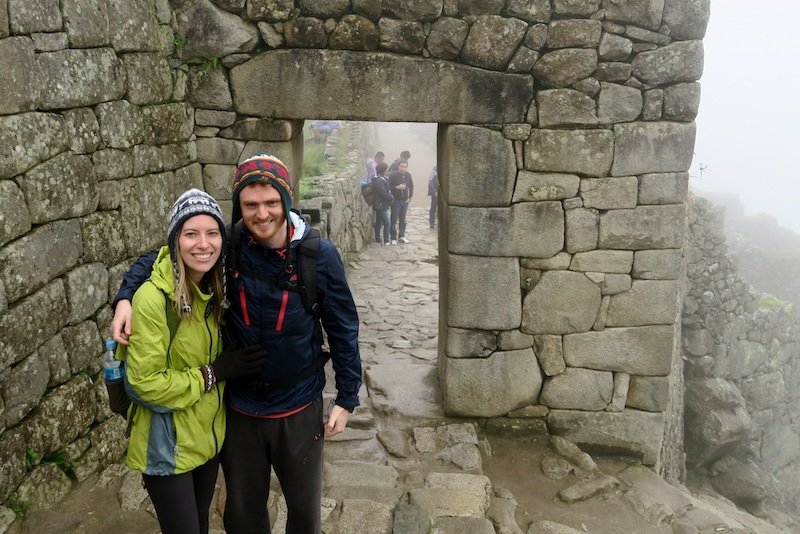
Buy There vs. Bring From Home
Smart to buy locally
- Alpaca sweater/chullo (Cuzco, Arequipa): warm + souvenir.
- Rain poncho (Peru/Bolivia markets): cheap, great over pack.
- Sarong, hat, simple jewelry: every artisan market.
- SIM card (Claro/Movistar/Entel): easier/cheaper than roaming.
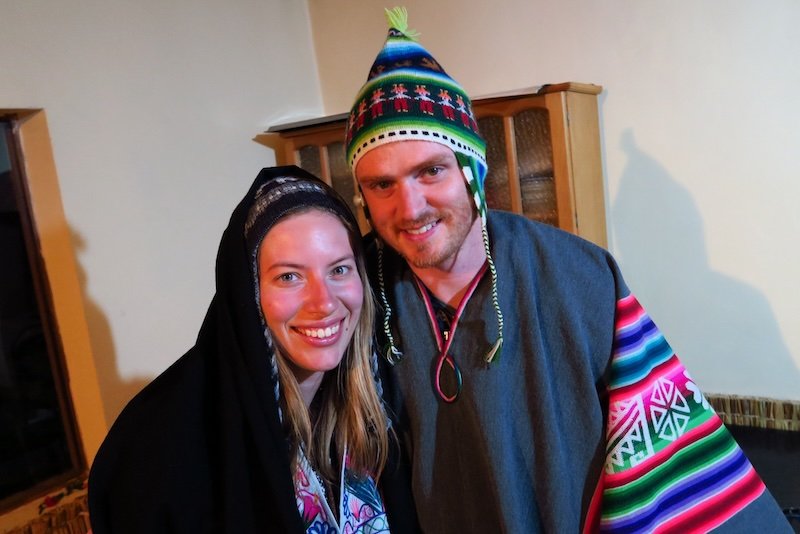
Better to bring
- Quality rain shell (breathable), trail shoes (your size!), sports bra/undies you love.
- High-concentration repellent (picaridin/DEET), reef-safe sunscreen (pricey in remote spots).
- Universal adapter + compact power strip, lightweight dry bags.
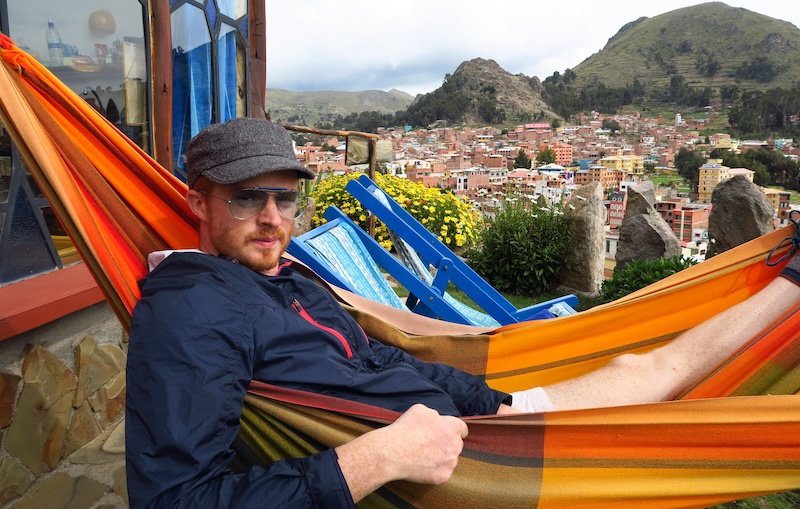
Laundry Rhythm & Keeping Things Fresh
- Lavanderías (Peru/Bolivia/Ecuador): priced by kilo, 24-h turnaround. Ask for “sin suavizante” if you’re sensitive to softeners.
- Quick sink wash kit: travel-size soap (or solid bar), stretch clothesline, flat drain plug. Roll in a towel to pre-dry.
- Delicates/bikinis: wash after saltwater dips to prolong elastic.
- Overnights on buses: change into a clean top before disembarking—instant morale boost.
Bus Life & Long Hauls: Your “Seat-Pocket Kit”
- Neck pillow (inflatable), eye mask, earplugs
- Pashmina (blanket/sunshade), wool socks
- Hand sanitizer, wet wipes, tissues
- Snacks (nuts, crackers, fruit), electrolyte tabs
- Power bank + short cable, offline entertainment (Kindle/podcasts)
- Tiny toothbrush/paste, lip balm, face mist
- Dry bag for valuables if napping
- Printed ticket & passport copies (sometimes signal dies at gates)
Motion-sick? Request front lower deck if available; stare at the horizon on mountain roads.
Documents, Money & Safety (the unsexy stuff that matters)
- Passport + 4 photocopies + phone scans (email to yourself).
- Yellow Fever card if you’ll enter certain Amazon regions/cross borders that ask.
- Proof of onward travel: some counters request it; keep a refundable booking or an organized itinerary.
- Cash plan: ATMs work in cities; carry small soles/pesos for markets. Stash emergency USD/EUR deep in your bag.
- Card safety: a travel debit + a backup credit card kept separate.
- Day carry: crossbody bag with zip top, leave passport in hotel safe except on border days.
- Lock kit: cable lock for securing your bag to immovable objects on overnight buses; small padlock for hostel lockers.
Health & Wellness On the Road
I’m not a doctor. Chat with a travel clinic 4–6 weeks before you go. But here’s the practical packing/live-by list:
- Travel health kit (tiny): adhesive bandages, blister pads, antiseptic wipes, oral rehydration salts, pain/fever reducer, anti-diarrheal, motion-sickness tabs, antihistamine, tweezers, mini thermometer.
- Altitude tips (Andes): ascend gradually where possible, hydrate constantly, avoid heavy alcohol first days, coca tea helps some. Ask a clinician about prophylaxis if you’re going straight to high altitude.
- Mosquito defense (Amazon/coasts): long sleeves at dawn/dusk, repellent on skin, permethrin-treated clothing if you’re sensitive to bites.
- Water: don’t drink tap. Use hotel jugs, buy big bottles to decant, or bring a filter bottle.
- Sun: UV is fierce at altitude & desert. Hat + SPF 50 + sunglasses are non-negotiable.

Electronics & Power (keep it compact)
- Phone + offline maps (download cities/regions on Google Maps), translation app offline packs.
- Camera (optional): a compact like G7X is plenty; add Gorillapod if you shoot timelapses.
- Laptop or tablet? Only bring if you’ll truly use it.
- Chargers & adapters: South America is mostly 220V. Outlets vary:
- Type C: most of the continent
- Type A/B: Peru, Colombia, Ecuador (many hotels accept both)
- Type L (Chile/Uruguay some hotels), Type I (Argentina variants)
A universal adapter + short power strip solves 99% of woes. Check your chargers say “100–240V”.
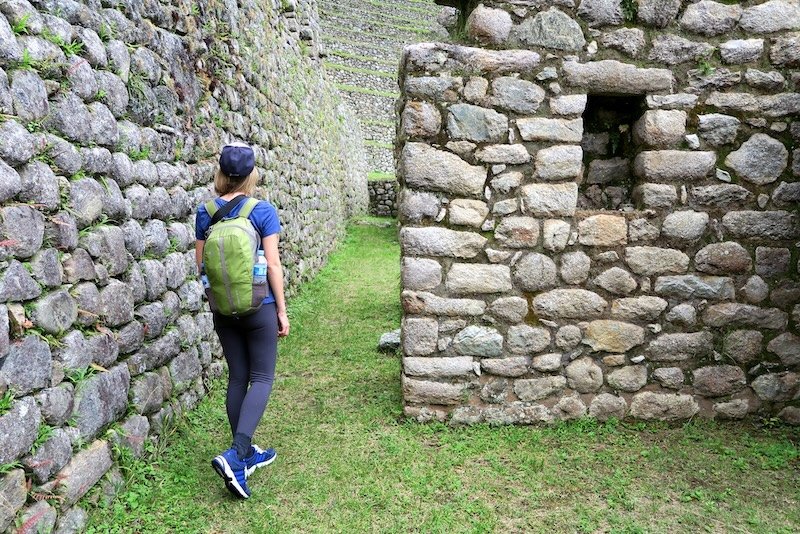
FAQ: Packing for a Long South America Trip
1) How much should my bag weigh for a multi-month trip?
Answer: Aim for comfort you can carry at a jog for 100 meters.
- Main bag: 12–15 kg (26–33 lb) is the sweet spot.
- Daypack/carry-on: 6–8 kg (13–18 lb).
- Tip: If you can’t lift it overhead or up a hostel stairwell solo, it’s too heavy.
2) Backpack or rolling suitcase—what works best?
Answer: A wheeled backpack (hybrid) gives you the best of both: roll in cities, shoulder on cobbles, mud, or bus terminals. If you pick one:
- Backpack: Choose a supportive hip belt, front-loader, 55–65L.
- Roller: Choose large wheels, rugged fabric, and compression straps.
- Hybrid: Perfect if you’ll mix cities, buses, and the odd dirt road.
3) What’s the simplest way to pack for multiple climates?
Answer: Use a 3-layer system and a small capsule wardrobe.
- Base: breathable tees/thermals.
- Mid: fleece or alpaca sweater.
- Shell: lightweight waterproof/windproof jacket.
- Bottoms: 1 jeans, 1 breathable pants, 1 shorts or skirt.
- Add/remove layers as you move from Andes ⇄ Amazon ⇄ Coast.

4) Do I need hiking boots or are sneakers enough?
Answer: Match footwear to your plans.
- City & light trails: cushioned sneakers are fine.
- Frequent day hikes / Inca Trail 2-day: low-cut trail shoes with grip.
- Multi-day treks / Patagonia circuits: waterproof mid hikers, broken in.
- Always add sandals/flip-flops for showers/beaches.
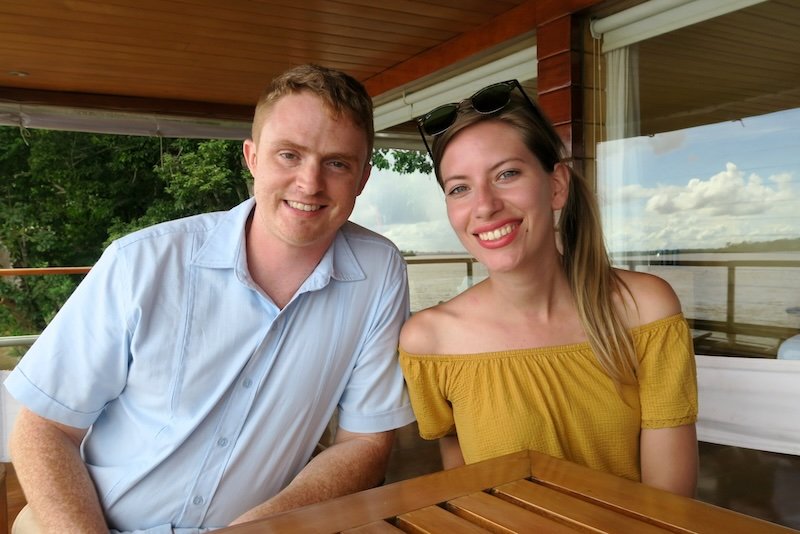
5) What should I buy locally vs. bring from home?
Answer:
- Buy there: alpaca sweater/chullo (warm + souvenir), cheap rain poncho, sarong, SIM card.
- Bring: quality rain shell, trail shoes in your size, favorite underwear/sports bras, universal adapter + compact power strip, high-strength repellent, reef-safe sunscreen.
6) How do I deal with power outlets and charging?
Answer: South America is mostly 220V with mixed plug types.
- Pack a universal adapter and a short power strip (charges phone + camera + watch from one socket).
- Check chargers say “100–240V” (most do).
- Download offline maps and keep a 10–20k mAh power bank for bus days.
7) What about documents, money, and security?
Answer:
- Carry: passport + 4 photocopies + digital scans, spare card stored separately, some USD/EUR emergency cash.
- Day carry: crossbody bag with zip; leave passport locked away except on border days.
- Locks: cable lock to secure a bag on night buses; small padlock for hostel lockers.
- ATM plan: withdraw in cities; keep small bills for markets and colectivos.
8) How do I do laundry on the road?
Answer:
- Lavanderías (Peru/Bolivia/Ecuador) wash by kilo in 24 hours—cheap and reliable.
- Bring a travel clothesline, sink plug, and a small soap (or solid bar) for quick washes.
- Roll damp clothes in a towel to pre-dry; hang overnight near a fan.

9) What health items are actually useful?
Answer: Keep it tight but targeted:
- Mini kit: blister pads, adhesive bandages, antiseptic wipes, pain/fever reducer, anti-diarrheal, motion-sickness tabs, antihistamine, oral rehydration salts.
- High UV: SPF 50, sunglasses, hat.
- Altitude: hydrate, ascend gradually; ask a clinic about prophylaxis if going straight to high elevations.
- Mosquitos: long sleeves at dawn/dusk + picaridin/DEET; treat clothing if you’re bite-prone.
10) Is tap water safe? Should I bring a filter?
Answer: Assume no for most tap water. Options:
- Buy large bottles and decant to a reusable bottle.
- Many hotels/hostels provide purified water—refill there.
- For flexibility, carry a filter bottle or purifier if you’ll be remote (Amazon, small towns).
11) What’s smart to wear for cultural sites and communities?
Answer: Keep a light scarf to cover shoulders in churches and when visiting indigenous communities.
- Neutral, non-flashy layers are respectful and practical.
- For cities at night: a simple midi dress or dark jeans + blouse (women) / dark jeans + button-down (men) dresses up instantly.
12) Any packing hacks for long bus rides and borders?
Answer: Build a seat-pocket kit you can grab fast:
Request front lower deck if you get motion-sick; keep valuables on you when you nap.
Neck pillow (inflatable), eye mask, earplugs, pashmina, wool socks.
Wipes, sanitizer, tissues, lip balm, face mist.
Snacks + electrolyte tabs, power bank + short cable.
Tiny toothbrush/toothpaste; printed tickets and passport copy.

What else would you add to your packing list for South America?

Love this list.
I recommend taking a dry sack, like the ones made by Sea to Summit, they are compact, and in the case of a sudden downpour, could save your electronics in a pinch. I bought one and it lives attached to one of the exterior loops of my day pack.
I also carry a lightweight 70oz hydration bladder in my day pack, like the one by camelbak. It’s more comfy than carrying large water bottles. Large water bottles are for tourists!
I’m a guy, and my go to indestructible/easy wash shorts are the Prana Stretch Zion.
Thanks for sharing! I wonder if I may be too old for backpacking. Definitely want to see South America and it does seem like backpacking is the way to go. I really need to look into this. I guess it can be a bit like regular travel only with being able to carry your suitcase on your back? I just don’t think I can hike for very long with the extra weight.
If a suitcase works best for you, I’d go with that. You don’t necessarily need a backpack to travel in a budget-friendly backpacker style. Or you could go with a crossover wheeled backpack – that’s what I’m using these days. 🙂
Did you pack Yeezy Boosts?
This sounds like such an exciting way to visit South America. You’ve compiled a pretty comprehensive list here, very nice!
Hey Audrey,
I’m going backpacking in South America in January-June and found this information really helpful!
I’m going to be trekking the Inca trail in April and wondered if you’d recommend having any kind of hiking/walking trousers? Or whether I’d be fine with the bottom half suggestions you’ve made above?
Thanks,
Jen x